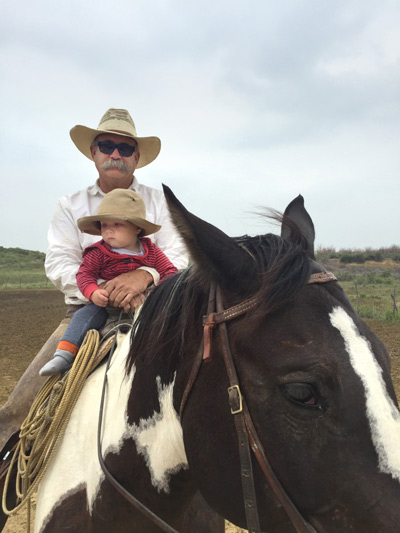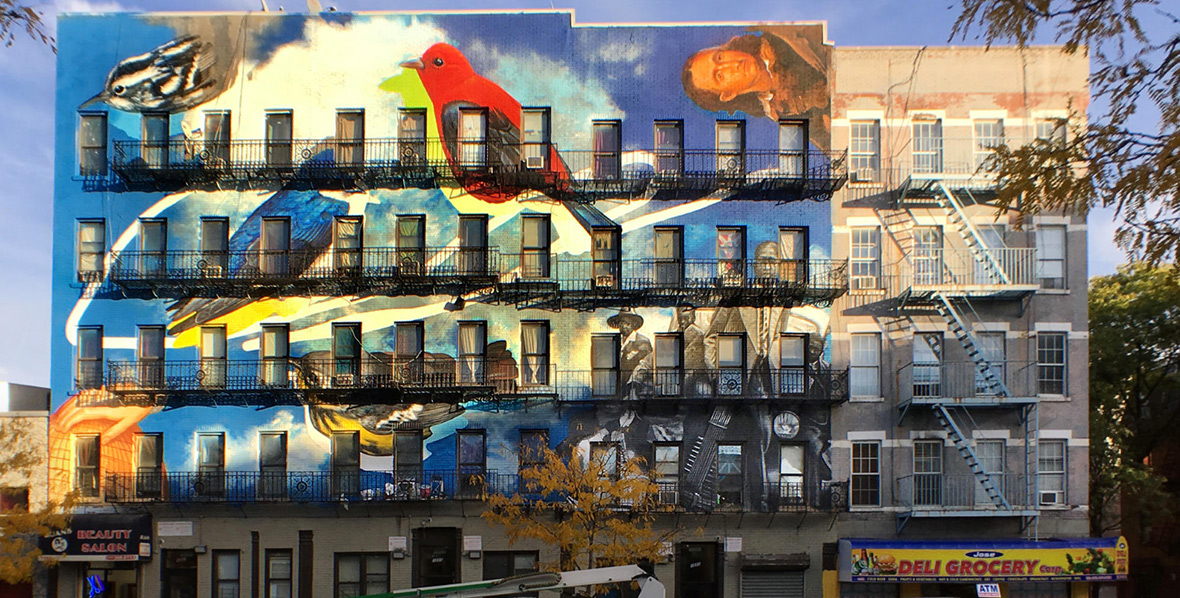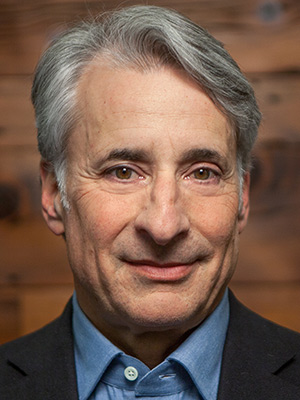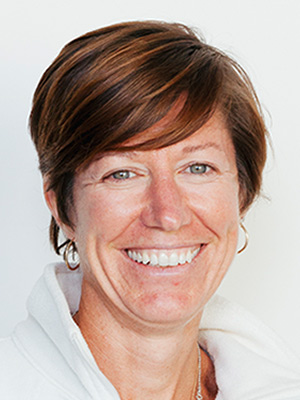By Susan Drake Swift
The National Audubon Society’s mission is to conserve and restore natural ecosystems, focusing on birds, other wildlife, and their habitats for the benefit of humanity and the earth’s biological diversity. Its doors opened in 1905, making it one of the world’s oldest conservation organizations.
Audubon uses science, education, and grassroots advocacy to advance its mission. For example, beginning in 2014 it sounded the alarm concerning threats climate change poses to 588 species of North American birds. Using the North American Breeding Bird Survey and Audubon Christmas Bird Count datasets – both powered by legions of Audubon volunteers – the organization looked at where places birds live could shift or disappear through the end of the century based on a range of climate change scenarios.
After seven years of research, its analysis showed that 314 species of all North American birds could lose more than half of their current geographic range. For 126 species, this loss would be especially devastating, without any possibility of expanding its range elsewhere. For 188 species, the projected habitat loss would be serious yet with some potential to colonize new areas. This project has galvanized many of America’s 47 million bird lovers and undergirds Audubon’s policy work from city halls to the U.S. Capitol.
The Grouse in the Sagebrush

Chico Basin Ranch manager Duke Phillips, grandson Woods, and horse Stephen at the ranch. PHOTO: Tess Leach
Most people know the old expression “like a canary in a coal mine.” The unlucky little yellow bird was lowered into the mine shaft. When its warbling stopped, the air quality was deemed unacceptable for the miners.
But do you know about the grouse in the sagebrush? “When we talk about the Greater Sage-Grouse,” says National Audubon Society President and CEO David Yarnold, “We are really talking about preserving America’s sagebrush habitat that works for thousands of critters large and small across 60 million acres and 11 states. Every bird is a window on something important.”
Alison Holloran couldn’t agree more. As executive director of Audubon Rockies, she and her staff of eight tackle thorny issues across Colorado and Wyoming. Alison knows full well the Greater Sage-Grouse’s position in the ecological order of things, having made it her master’s thesis. Despite her advanced degree she has a penchant for the colloquial.
She quotes Mark Twain on water rights: “Out West whiskey is for drinkin’ and water is for fightin.” She punctuates other observations with “hittin’ the nail on the head,” “chasin’ our tails,” and “just shootin’ fish in a barrel.”
Yet when it comes to the heart of her work, she is dead serious.
“If people will only wait a minute and listen, the birds will tell us the whole story. If they disappear, we disappear. It’s like giving pneumonia to a cancer patient when you put all kinds of development into a landscape. We have coalbed methane, coal and gas, wind, solar, uranium, shale… It’s all about the energy choices we have to make and about working with industry. People have a tendency to point fingers, but we all drive cars and turn on a light switch at night. It can’t be one group blaming another, or one group trying to fix it,” says Alison. “It’s about how well we all are conserving and using our resources.”
Working alongside conservation-minded ranchers is one way groups like Audubon are helping rural families earn a living while protecting the land.
“People say that cows are terrible for the environment but that depends on what they eat and how they are raised. Many ranchers are receiving a premium price for their grass-fed cattle, while protecting the land and keeping carbon in the ground. Grasslands play a huge role for habitat and climate change. People don’t realize that if these ranches weren’t keeping the grasslands intact, we would have a Target, a Bed, Bath, and Beyond, and a subdivision. They are some of the only natural habitat we have.”
When Brewster M. Higley wrote Home on the Range, circa 1870, he could have been thinking of Colorado’s 87,000 acre Chico Basin Ranch. Fluffy clouds float in a 360 degree blue sky. The perfume of sage permeates the air. A Western meadowlark, its bright yellow breast stamped with a neat black V-neck, whistles idly in the breeze. Diminutive pronghorn antelopes dot a distant field and elsewhere men on horseback ride in companionable silence, herding cattle or bison to a promising feeding spot or watering hole. Even Chico Basin’s hospitable ranch manager Duke Phillips looks the part in his handlebar moustache.
The year, however, is 2016 and where a chuck wagon might have stood is a thicket of shimmering mist nests, bordering on the invisible. These nets enable ornithologists from the Rocky Mountain Bird Observatory and their visitors to gently capture and observe some of the more than 330 migratory species that travel past Chico Basin during their yearly peregrinations. From East to West, this so-called Central Flyway is one of four north-south highways in the sky birds use to commute from their winter homes to summer breeding grounds and back again. Protecting these flyways and the ecosystems supporting them are a primary architecture of Audubon’s work.

The Audubon Mural Project. “Endangered Harlem” Clockwise from top left: Black-and-white Warbler, Scarlet
On this particular day, a dozen plus members of the Colorado Springs Aiken Audubon Chapter and its president Risë Foster-Bruder are sharing granola bars and string cheese at the Chico Basin banding station after a half-day of birding around the ranch. (Best bird? The tiny and elusive marsh dwelling Black Rail.) All are phenomenal birders and some, like Risé, volunteer many hours of their time to support Audubon’s missions. These include marshalling the opposition to development plans that threaten riparian habitat important to birds and other species like humans; promoting the Pikes Peak Birding and Nature festival each May to build the ranks of local birders; getting the word out about the new Colorado Breeding bird atlas; as well as leading field trips and organizing others to do the same.
Ranch manager Phillips is similarly keen on educating school children and adults about nature and his way of life. About 2,000 of them visit the ranch each year and ranching runs deep in Phillip’s family. His father managed spreads in South America and a daughter and son help run Chico Basin today. “Ranching allows for two rings of life, one is the ecosystem and the other is the cultural heritage. Everything you do is to try and create healthy natural resources important for feedstuff for animals,” he says.

David Yarnold President and CEO, National Audubon Society
During the week prior his “to do” list included getting up at 3 a.m. for branding season, visiting Zapata Ranch (a Nature Conservancy property) to look at native grass plants, transporting leather products from his artisan shop to an exhibit at the Denver Museum of Science, and generating a new management plan for the ranch.
“We have relationships with everything out there,” he says. “A coyote used to follow us from 20 feet away when we would ride out. We know where certain birds are nesting, where an eagle took a prairie dog, where lightning struck, where it has rained, or where a deer has a little faun.”
There is no denying that the ranch is a place that stays with you. Yarnold talks about how people connect with
Audubon “through the heart and the places they live and their connection with birds that speak to their love of place, like hearing loons on a lake in Minnesota or seeing roseate spoonbills in Florida. So that when people see or talk or think about a place they knew in their life…there’s a really big heartfelt emotional connection to birds.”

Alison Holloran Executive Director, Audubon Rockies
As a Californian, Yarnold made that connection early on, walking the John Muir nature trail as a teenager, and then realizing, as the Pulitzer Prize-winning editor of the San Jose Mercury News, that no matter how much good environmental reporting the newspaper delivered, readers always wanted more. He joined Audubon in 2010, finding its community-based focus akin to that of journalism, appreciating how charismatic birds are, and believing Audubon’s distributed network of 463 local chapters, 23 state offices, and 41 Audubon centers to be a gift and not a burden. “We are local everywhere and we are authentic everywhere,” says Yarnold. “We don’t parachute in from the coast and ask people to take action on habitat protection and energy. We work in red, blue, and purple states. Conservation doesn’t have a party.
“Can a hummingbird that weighs less than a quarter change a state legislator’s mind about habitat protection? Can 314 birds threatened by climate change make a difference?” he asks. “They already are. As long as we talk about it as a bird issue, and tap into people’s love of birds, we can help build grassroots demand for climate action.”



